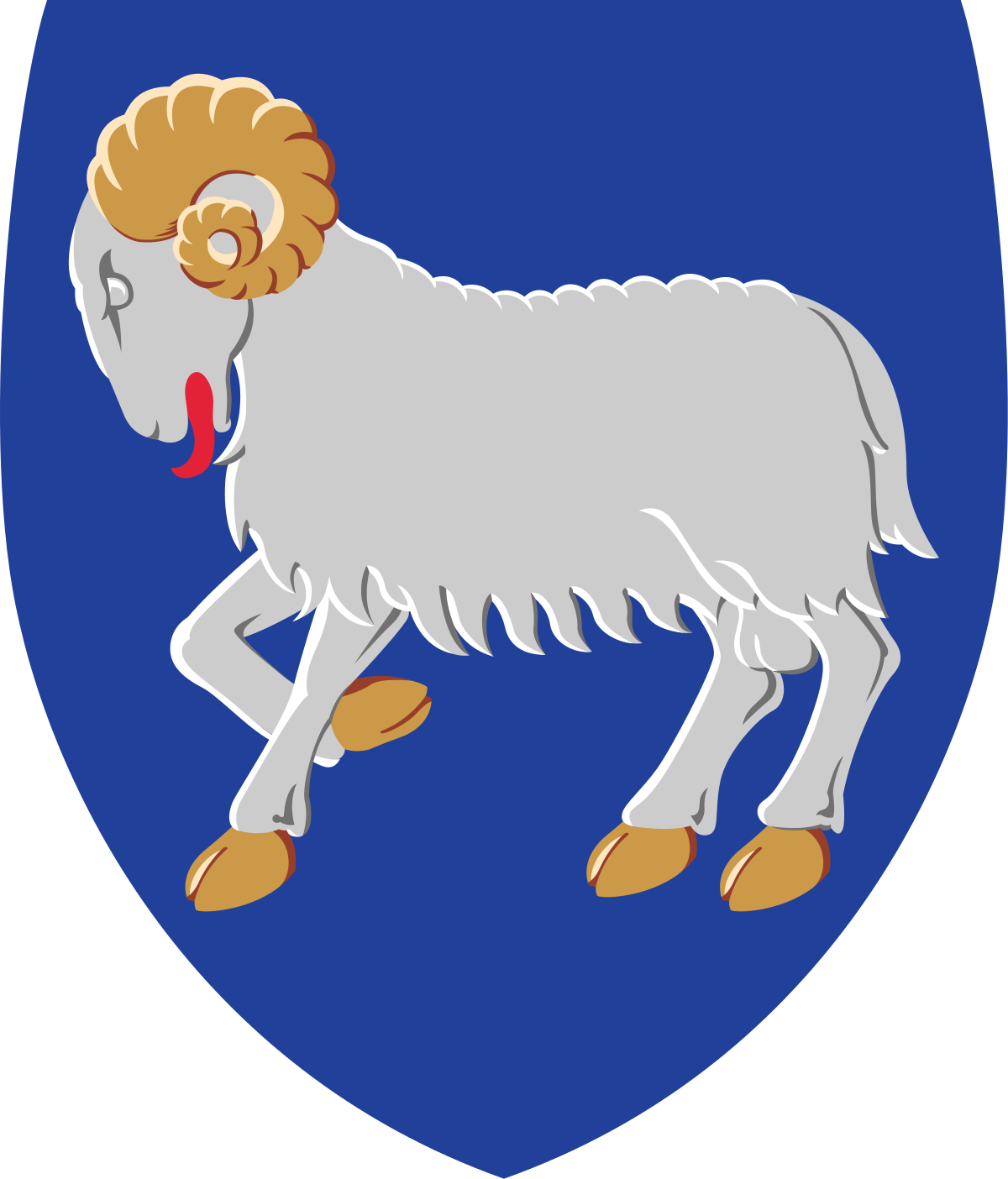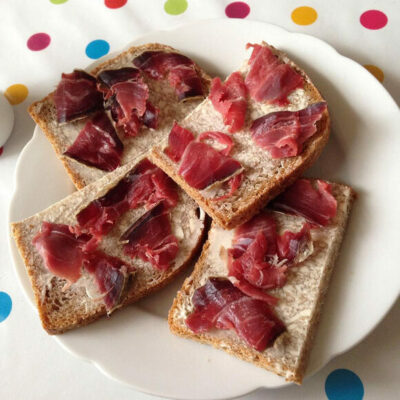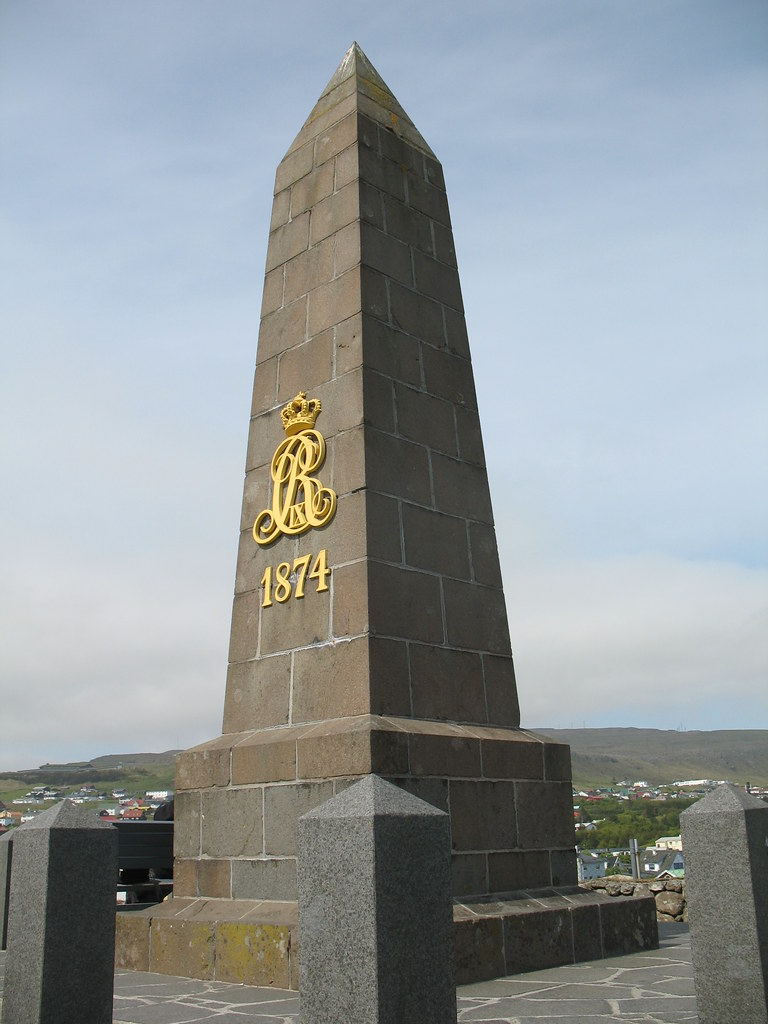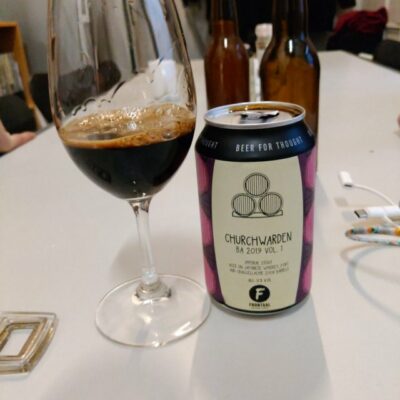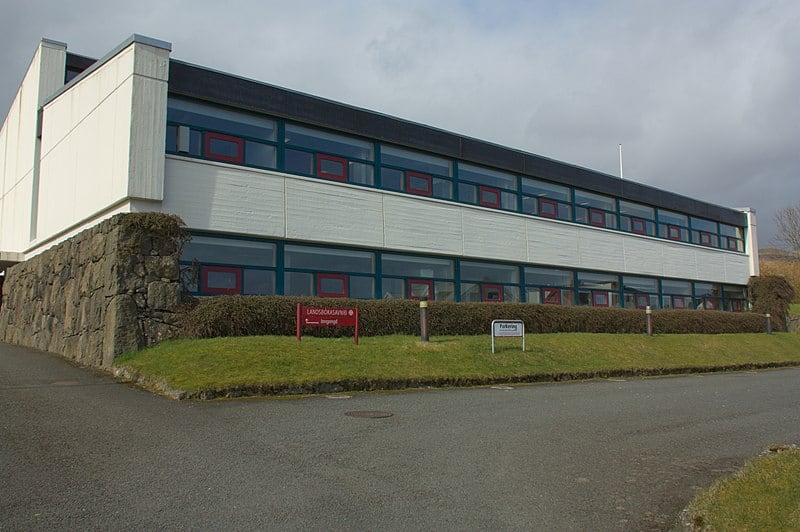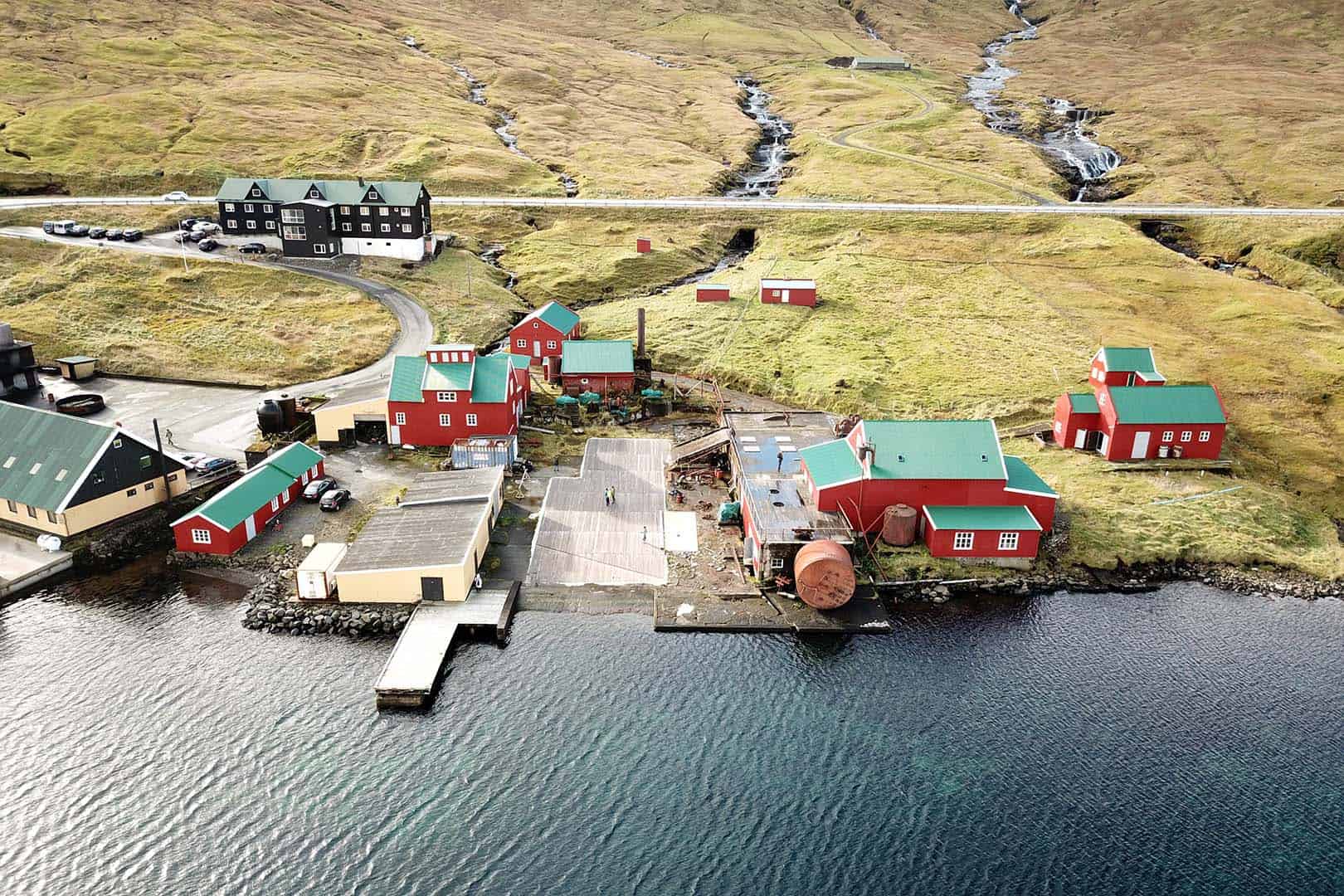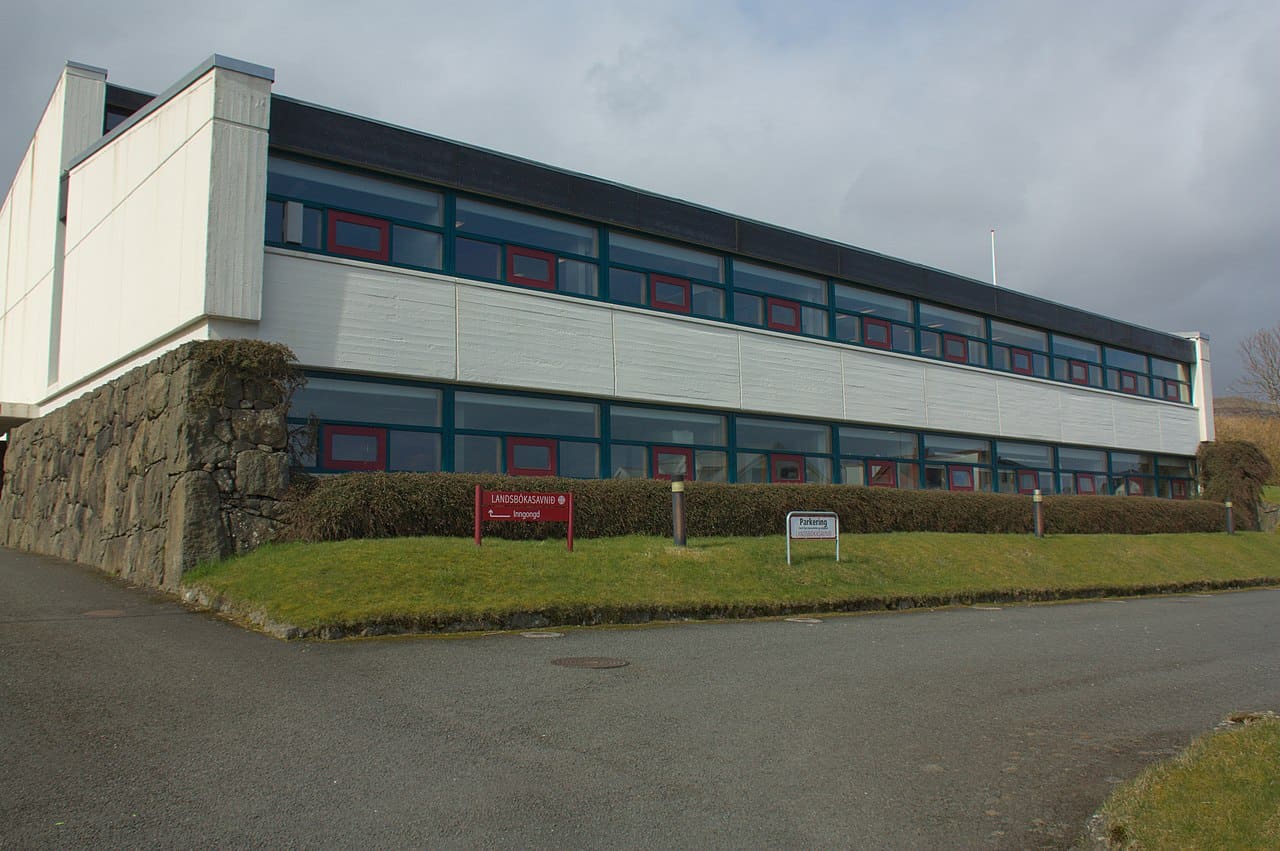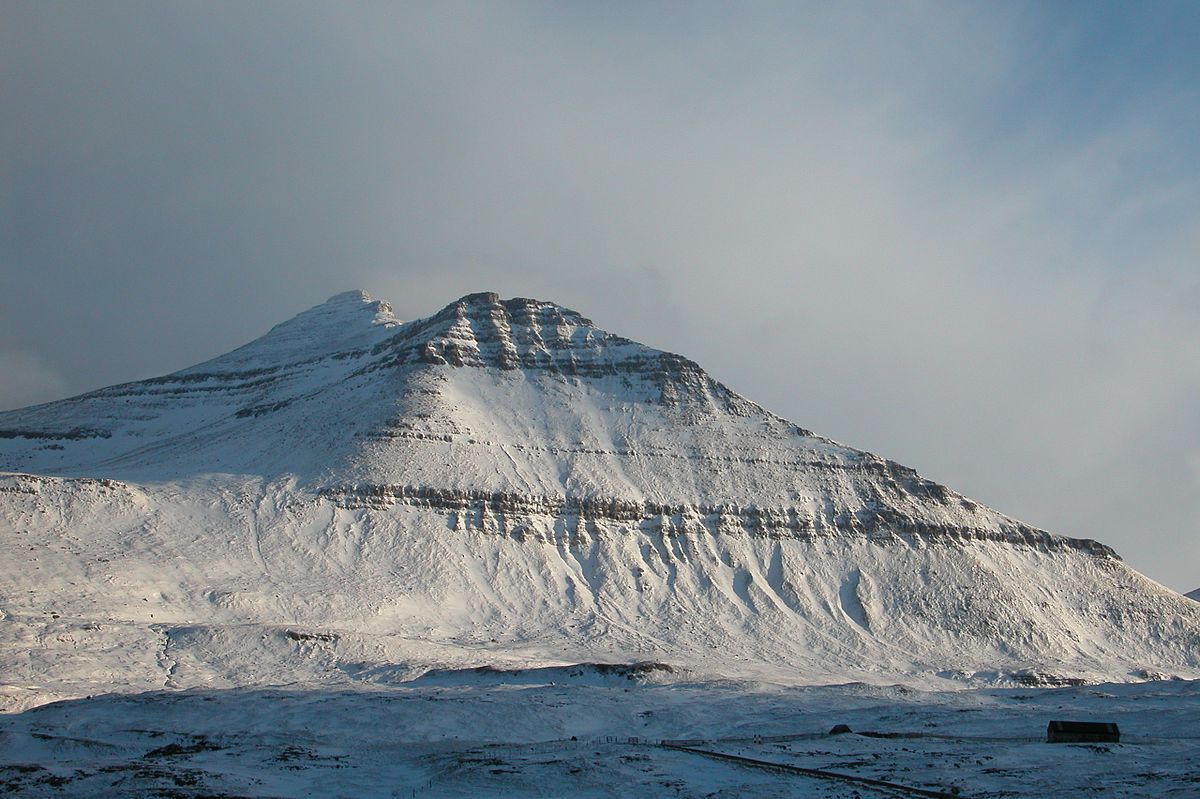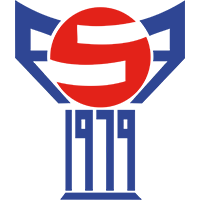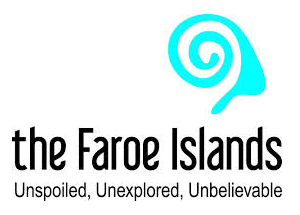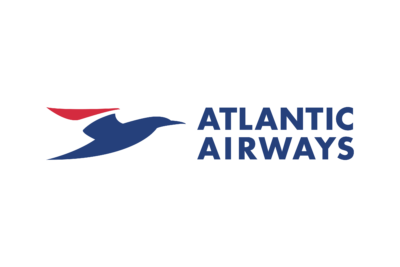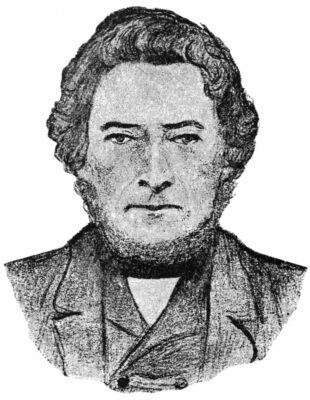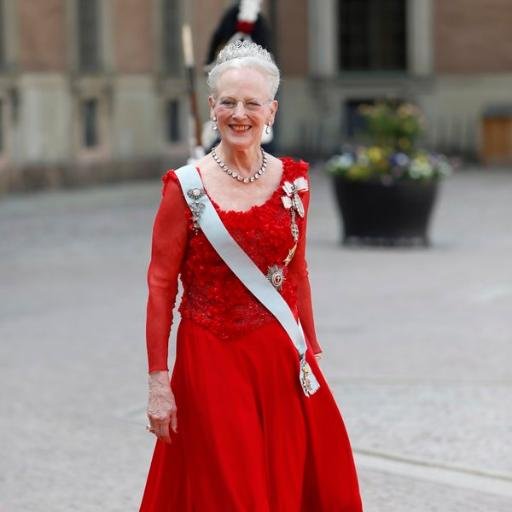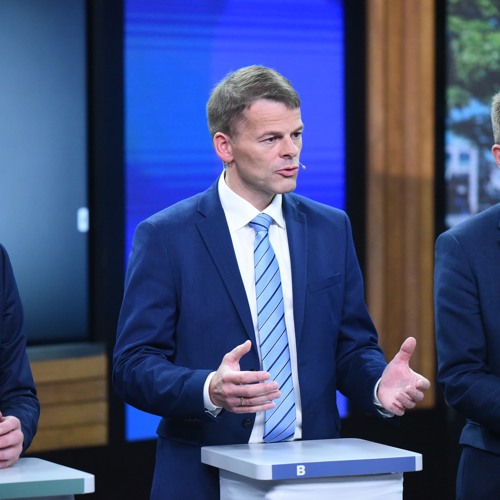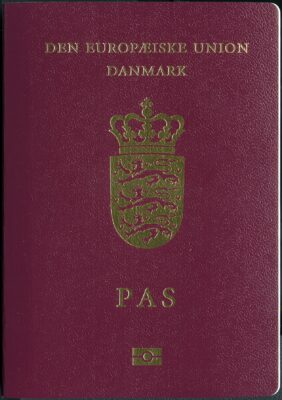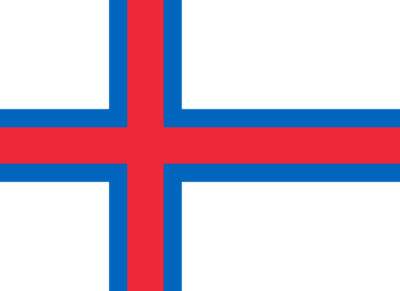National Symbols of Faroe Islands
Last updated on August 27th, 2023 by Editorial Staff
Table Of Contents
By | Updated on August 27, 2023
Reviewed by Rittika
The Faroe Islands is a country in Europe. The people of the Faroe Islands are called Faroeses. The country is in Northern Europe, an island group between the Norwegian Sea and the North Atlantic Ocean, about halfway between Iceland and Norway.
Etymology discusses where a term is considered to have originated from and how its meaning has changed over time. Etymology has been a factor in the naming of countries all across the world, and the Faroe Islands have also been influenced. The etymology of the Faroe Islands can be defined as; The name Føroyar (Faroe Islands) is derived from old Norse and means “Sheep Islands”, a name given by the Viking age settlers arriving from Norway in the 9th century.
An ethnicity is a group or sub-group of people who are connected based on common characteristics which may include religion, origin, language, traditions, or culture. The ethnic groups in the Faroe Islands include Faroe Islanders.
Atlantic Airways is the national airline of the Faroe Islands. The national colors of the country are blue and red. The emoji flag of the country is ????????, and the ISO code is FRO.
The Faroe Islands are known for their fishing industry and for producing sustainable electricity. The national dish of the Faroe Islands is Skerpikjøt. Rúsdrekkasøla Landsins, in addition to being a traditional beverage, is one of the country’s national drinks.
The country has the time zone UTC±00:00 (WET) followed by dd/mm/yyyy as the standard date format.
Faroe Islands is divided into 7 regions. Tórshavn is the Faroe Islands’ largest city, while Torshavn serves as the capital.
The literacy rate in the Faroe Islands is 99%.
The country’s total area is 1,399 km² (540 sq mi), and the total population is 48,865. The country’s average elevation is 300 m (982 ft), whereas the country’s terrain can be defined as; Rugged, and rocky, with some low peaks; cliffs along most of the coast. The country’s usual climate is mild winters, and cool summers; usually overcast; foggy, and windy.
The area of land next to a sea is called the coast, and a coastline is defined as the line where land and sea meet. Faroe Islands has 1,117 km of coastline.
The Danish krone, Faroese króna serves as the national unit of currency. The domain for the Faroe Islands is .fo and the country code is +298. Veðrur is the country’s coat of arms.
Museums are known to educate and connect visitors with the nation’s history, culture, civilization, art, and architecture. The National Museum of the Faroe Islands serves the same purpose and is considered one of the most significant tourist attractions. The National Museum of the Faroe Islands is home to a large collection of artifacts. It has been designated as the national museum of the country.
The national dress of the Faroe Islands is the men wearing a plain white shirt, under a waistcoat, made from fine wool. 7 March is designated as National Day. In the Faroe Islands, the majority of the population practices Christianity as their religion.
Nature is a blessing from God and we must protect it because it provides us with the oxygen and food to survive. It also helps to keep our environment beautiful and clean. To emphasize the significance of nature, the Faroe Islands have selected a few forces of nature as national symbols. The Faroe Islands’ national bird is the Oystercatcher, while its national animal is the Brown bear. The national flower is Buttercup, and the highest peak is Slættaratindur.
Sports have always played an important role in developing the social and cultural structure of the Faroe Islands and other countries. When it comes to designating a sport as the official symbol, Football is considered the country’s national sport.
Poetry is a highly valued form of art, and many poets are considered significant national symbols of the country. The national poet of Faroe Islands is Nólsoyar Páll.
The country’s national anthem was written by Símun av Skarði, and composed by Peter Alberg.
The country’s national hero is Nólsoyar Páll.
Due to their unique qualities and rich cultural or historical backgrounds, national monuments around the world are of great importance. The Kongaminni is recognized as the national monument of the country. It attracts visitors from all around the world.
Numerous organizations are working on a global level to improve the current state of affairs and to collaborate in order to establish and maintain constructive partnerships. The Faroe Islands is a member of the Nordic Council. The Faroe Islands collaborates with them to organize, analyze, and address various events and situations.
The tourism slogan of the country is “Unspoiled, Unexplored, Unbelievable”.
Bárður á Steig Nielsen is the current Prime minister of the Faroe Islands, and Margrethe II (Monarch) is the President.
The Faroe Islands has declared Faroese as the country’s official language.
– Learn about Faroe Islands flag color codes and their meanings –
– Further information regarding the symbols and knowledge of Faroe Islands can be found in the table of contents –
Country information
Coat of arms
Flag map of Faroe Islands
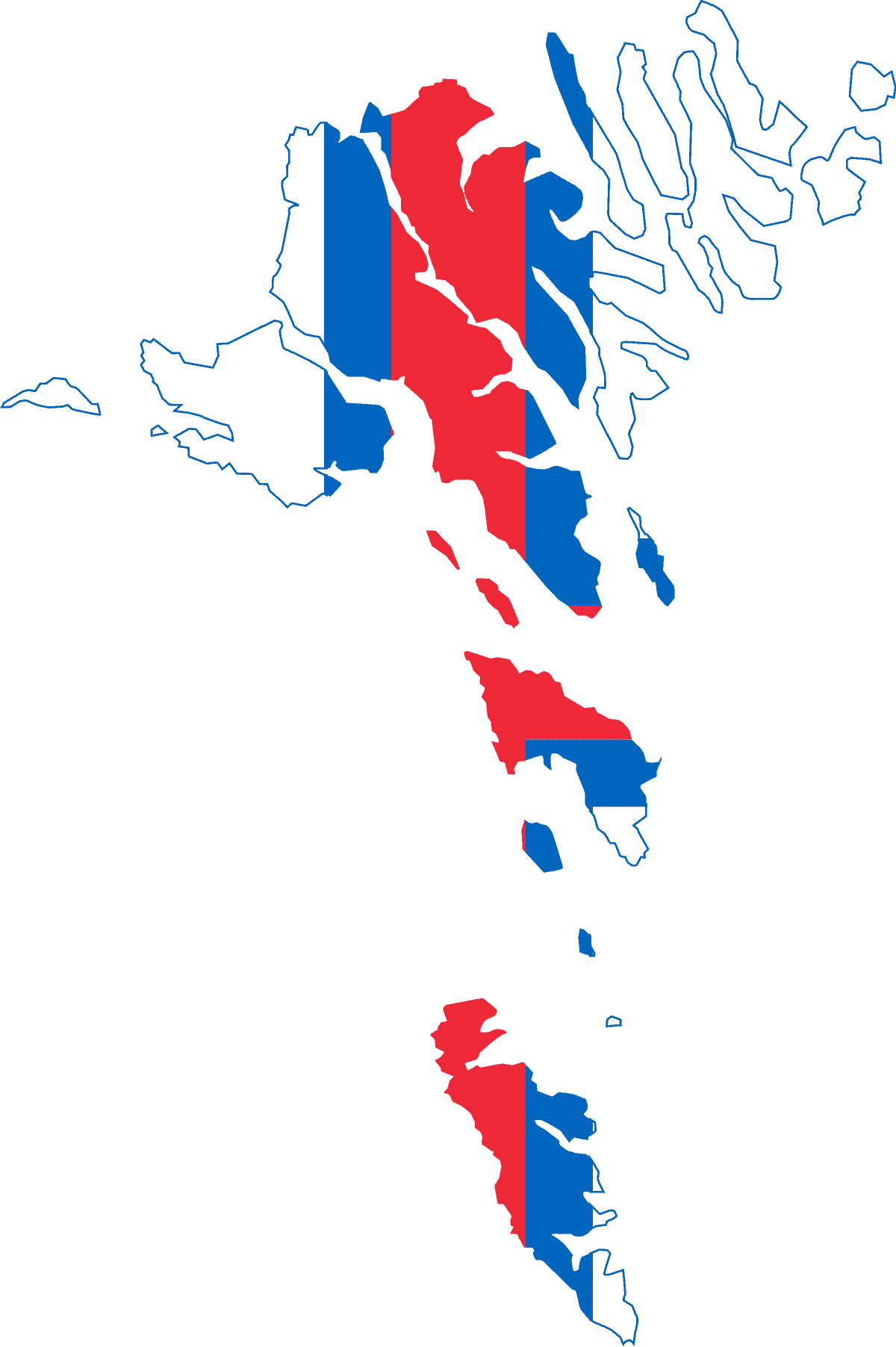
Motto of Faroe Islands
National animal of Faroe Islands
The National animal of Faroe Islands is Brown bear
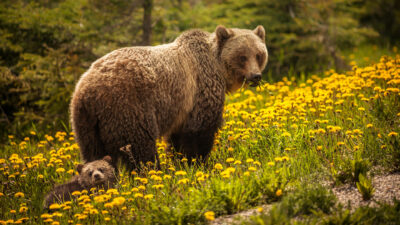
National flower of Faroe Islands
The National flower of Faroe Islands is Buttercup. Botanical name is Ranunculus.
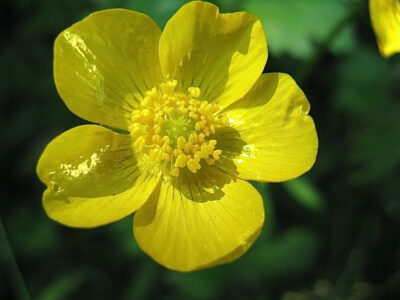
National bird of Faroe Islands
The National bird of Faroe Islands is Oystercatcher
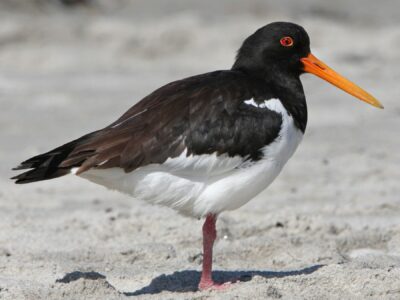
Rest of the National symbols of Faroe Islands 👇
-
National dishSkerpikjøt
-
National danceFaroese chain dance
-
National dressMen wear a plain white shirt, under a waistcoat, made from fine wool
-
National monumentThe Kongaminni
-
National anthemView Anthem
-
National fruitNot Declared
-
National drinkRúsdrekkasøla Landsins
-
National colorsBlue and red
-
National sportsFootball
-
National treeNot Declared
-
National poetNólsoyar Páll
-
National mausoleumNot Declared
-
National archivesNational Archives of the Faroe Islands
-
National museumThe National Museum of the Faroe Islands
-
National libraryNational Library of the Faroe Islands
-
Highest peakSlættaratindur
-
Tallest buildingLandssjúkrahúsið H‑bygningur
-
National football teamFRO
-
Tourism sloganUnspoiled, Unexplored, Unbelievable
-
Emoji flag????????
-
National airlineAtlantic Airways
-
National instrumentNot Declared
-
National heroNólsoyar Páll
-
PresidentMargrethe II (Monarch)
-
Prime MinisterBárður á Steig Nielsen
-
PassportPassport of Faroe Islands
Faroese Proverbs - Popular quotes, proverbs and sayings.
Some men go through a forest and see no firewood. A fool may ask more questions in an hour than a wise man can answer in seven years. A good beginning makes a good ending. A beautiful thing is never perfect. When a proud man hears another praised, he feels himself injured.
